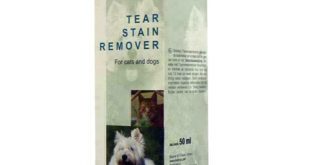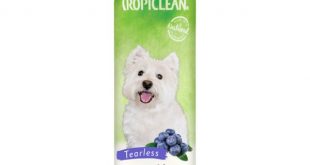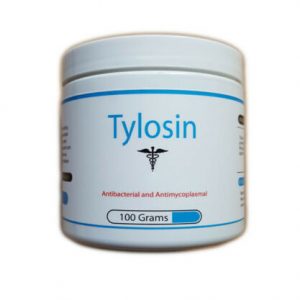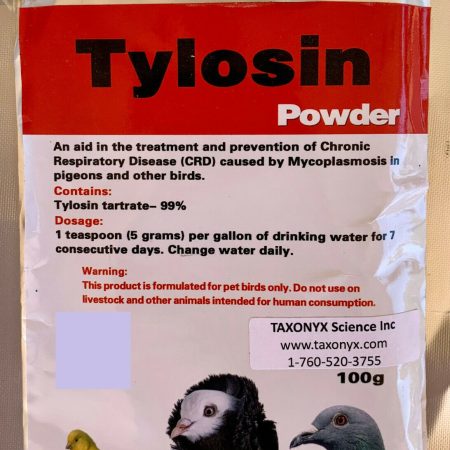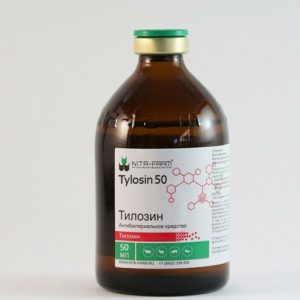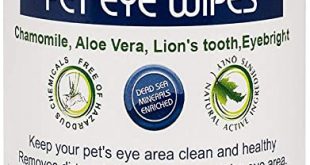Dog tear stains are reddish or dark brown marks that appear under a dog’s eyes. In some instances, the tear stains are accompanied by a discharge. Tear stains are prevalent in certain breeds of dogs and uncommon in others. Tear stains can signpost different things. If you notice them on your dog, it is advisable to take the animal to the Veterinarian to ascertain the possible cause and the best treatment. Tylosin Soluble powder is one of the most effective solutions that can be used in the treatment of Tear Stains in dogs and cats and we will spend a fair bit of time discussing Tylosin based products in this article.
Nonetheless, those who love keeping dogs as pets need to be acquainted with the possible issues faced by dogs and the best way to handle these issues. Suffice it to say, the health of your dog is paramount. This article aims at shedding more light on the issue of dog tear stains, their causes, treatments, and how to prevent them.
Causes of Dog Tear Stains
Dog tear stains arise from Epiphora, a condition where tears are excessively produced from the eyes of an animal. Continuous production of tears leads to dog tear stains. There exists a hoard of causes of Epiphora. Moreover, it is essential to know that the condition can be either acute or chronic. Tears are made up of a pigment known as Porphyrin. The pigment is a body’s waste material made up of iron released when red corpuscles are broken down. Usually, Porphyrin excreted via poop. However, in dogs and cats, the excretion of Porphyrin can occur through urine, saliva, or even tears. The accumulation of Porphyrin under the dog’s eyes over time leads to the reddish stain.
The production of excess tears always keeps the area under the eye moist. The moisture creates a favorable environment for the growth of yeast that then infects the skin under the eyes. This leads to the appearance of rust or brownish colored stains. You might notice that the stain darkens when the dog stays outside for long. Do not think that you imagine things. When the iron in the stains is exposed to the sunlight, it tends to darken.
Conjunctivitis
Conjunctivitis is also one of the causes of excessive tearing in dogs. It is common in matures dogs with no history of infections. It causes an inflammation of the eye lining that is then associated with discharge. It arises from either injury or allergies. During summers, dogs can have their eyeballs scratched by grass seeds or even pollen. Air conditioning, shampoo, irritants like vape or smoke, parasites, viruses, and bacteria can also cause an eye infection.
Teething
Teething in puppies is also associated with tearing. An ear infection can also cause it. Mostly, when staining occurs on one side, the veterinary will probably check if the animal has an ear infection.
Allergies
Seasonal allergies are also associated with tear stains. Some of the allergies may be caused by a reaction to the cleaning fluids that are used in cleaning the water bowls and foods. It can also be a response to new foods.
Food and Water
Highly mineralized water can also cause excess tearing. Therefore, it is advisable not to feed your dog with mineral water. If you reside in a place where the water contains high amounts of minerals, you can try feeding your dog with water from elsewhere.
Just like other animals, it is necessary to observe the diet. Tearing in dogs can arise from food additives like food coloring used in the manufacture of dog treats. The additives make a dye that gives the food a bright color. As much as dogs love treats, you should be cautious because it can cause eye staining.
Glaucoma
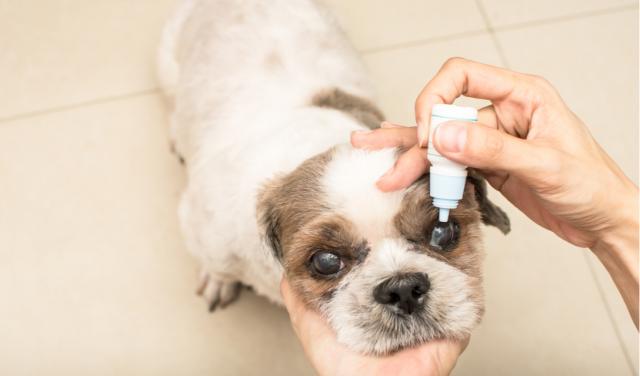
Glaucoma is a condition that damages the optic due to the accumulation of excess fluids in the eyes. Just like in humans, this condition is mainly found in mature dogs. It also affects certain breeds of dogs like Husky, Shih-Tzu, Jack Russell Terrier, Shar—Pei, and Chow Chow leading to tear stains.
Shallow Eye Sockets
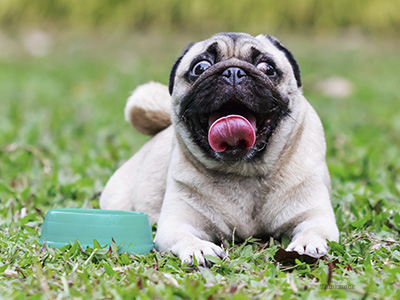
Shallow eye sockets found in breeds of dogs like Pekingese, pugs, Lhasa Apos, boxer, and French bulldogs are associated with eye damage that leads to tearing. This is because their eyes do not close completely when they sleep, which leads to injury and irritation.
Genetic Disorder
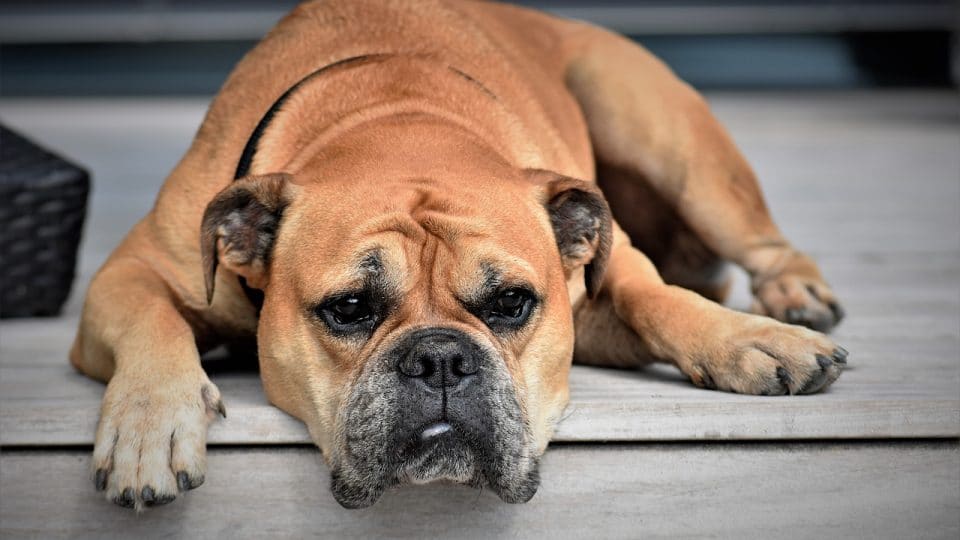
Another inherited problem is ingrown eyelashes. It is found in dog species like Poodles, Pekingese, Dachshunds, and Cocker Spaniels, among other breeds. The hair lashes should be clipped carefully because it can grow inwards, especially when clipping is done too close to the eyes. West Highlands White and Cairn are especially prone to ingrown eyelashes.
Why Some Dogs Show More Tear Stains
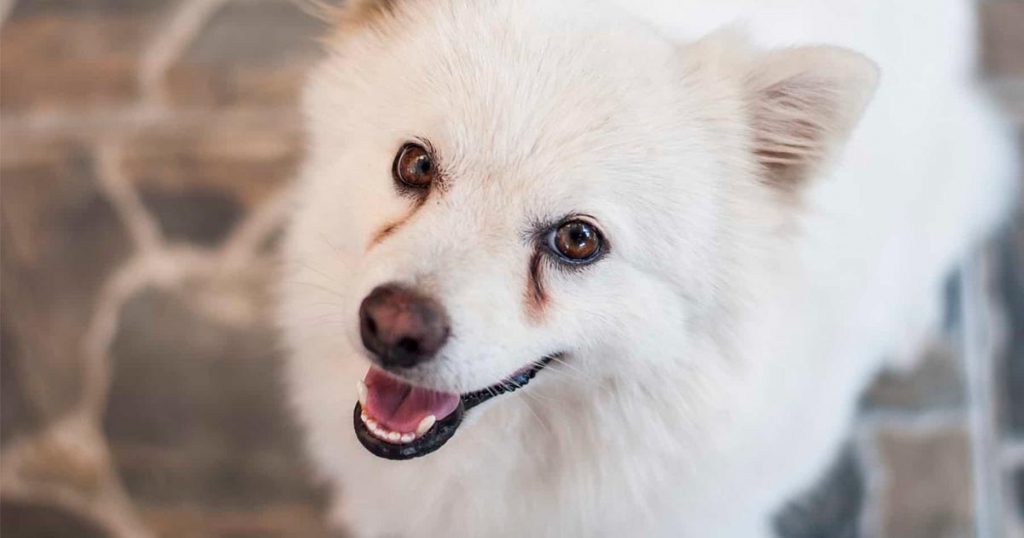
Tear stains are more pronounced on dogs with light or white colored fur. You must know the nature of tear stains that your dog has so that you can avoid treating red stains with a product intended for the brown stains or vice versa. If the infection has been caused by yeast, it gets easier for you to know because yeast infections have a specific odor that makes the face of your dog smell.
The stain can also arise from a combination of yeast infection and Porphyrin. The level of innate bacteria and genetic factors are some of the factors associated with the production of more Porphyrin in some breeds of dogs than the others, which leads to more pronounced staining. However, this assumption is inconclusive because even some healthy dogs consuming a diet that is free from environmental toxins, fresh, organic, clean, and balanced diet tend to produce more Porphyrin than the others do. On the centrally, some dogs living in toxic environments and consuming toxic foods that make them unhealthy tend to produce less Porphyrin as expected. It implies that multiple underlying factors determine the amount of Porphyrin produced by dogs.
Dog breeds like Brachycephalic, whose eye sockets are shallow, tend to have bulging eyes. The eyelids, in some cases, do not sufficiently close hence increasing the chances of the eyes getting damaged, dry, and irritated. You can quickly notice a dog that, when sleeping, is unable to close its eyelids fully. Most of the dogs’ breeds with such a problem have a characteristic short nose. They include Pugs, Maltese, Pekingese, and Shih-Tzus, among others. Dog breeds like the Cocker Spaniels and Poodles, among other breeds, have a genetic disorder associated with imperforate puncta. This is a disorder where the tears’ draining holes found near the eyes fail to develop correctly.
How to Prevent Tear Stains
At one point in life, many dogs develop an ugly and distracting reddish or brownish stain between the toes, around the muzzle, or under the eyes. When this occurs, it is necessary to visit a veterinary ophthalmologist as fasts as possible to establish the probable cause and the best course of action to take. If your dog is healthy, there are other methods that you can employ to eliminate the present tear stain and protect it from being affected by similar conditions in the future.
Examine Your Dog’s Food and Water Quality
Dog breeders agree that it is best to feed your dog quality grain-free foods. Filler meals such as wheat and corn have a poor quality that leads to deterioration of the dog’s health in the end. Moreover, these foods might cause allergic reactions associated with Epiphora or even other complex conditions.
In some instances, dog owners may fail to feed the dog its normal water and instead feed them with bottled water. However, bottled water contains many minerals that may make your dog develop tear stains quickly. It is advisable to feed your dog with distilled, purified, and a reverse osmosis source of water.
Ensure Daily Hygiene of the Dog’s Eye and Mouth-Hair
Ensure that you groom your dog’s face every day because it helps to keep the stains at bay. Acquire Terra Septic Eye Drops, Saline eyewash solutions, or any other appropriate canine-eye-wash and use it to flush the dog’s eyes.
Rub around the eyes or underneath them using a cotton ball soaked in contact lens solution or eyewash. You can opt to use premade solutions like Bio True or Opti-Clear. If you do not have access to any of these solutions, boil a cup of distilled water and mix it with a tablespoon of boric acid. This solution should always be kept in a refrigerator. A fresh one should also be prepared every week.
Use a washcloth and waterless or dry shampoo to wash your dog’s muzzle hair. Additionally, you can also wash the hair using a paper towel soaked in 3% hydrogen peroxide. Later on, blow-dry and comb the hair. Make sure that the hair around the dog’s eyes stays trimmed to avoid eye irritation that may cause tearing.
Keep the Rusty and Moist Areas Dry
Instead of using water bowls, make use of glass water bottles. You can also absorb the excess water around the dog’s mouth using a paper towel when a bowl has been used for drinking. Make sure to dust cornstarch between the dog’s toes, around the muzzle, and under the eyes.
Food Additives Can Help
Buttermilk powder or organic apple cider vinegar, when added to dog meals, helps prevent tears stains. Good results can also be obtained by using a probiotic enzyme known as I-Stain. Once you consult with the veterinary, you can also use mild antibiotics. Some of the medicines include chloramphenicol eye drops neomycin-polymyxin, Tylosin, or Lincocin. You can also get ophthalmic gel over the counter, which is sufficient without visiting a vet.
How to Treat Tear Stains
When a dog has a yeast infection due to the excess tears under the eyes, this is a medical condition that needs the attention of a veterinary. Porphyrin reducing oral supplements do not work in all dogs. The exact cause of the problem needs to be identified before the dog can be treated. Bacteria like Malassezia need a specific medication. Some of the antibiotics help in clearing Porphyrin in some species of dogs. This implies that yeast is not the only cause of tear stains. In a case where the bacteria are present, Tyrosine found in Angels’ eyes is one of the most effective antibiotics. However, it does not eliminate a Malassezia infection. Therefore, it implies that some chronic bacteria also cause tear stains.
Out in the market, uncontrolled probiotics and nutraceuticals exist, and they tend to work in some cases and fail to work in others. Different people will have different opinions when these medications are concerned. Before you start your dog on any supplementary, it is essential to consult a veterinary because every medicine has its side effects. Some of the antibiotics that you can use include Tearlax, NaturalVet tear Stain Supplement, and Tylosin.
Top 3 Tylosin Based Products to Treat Tear Stains
Tylan Soluble Powder
Tylan Powder is a food additive antibiotic used as a medication for bacterial infection by veterinaries. It is used in a variety of farm animals to treat various ailments. This medication is also recommended off-label for use on cats and dogs, especially in the treatment of tear stains.
Elanco Tylan 50
Elanco Tylan 50 is an antibiotic administered intramuscularly in the form of an injection to treat various illnesses. Cattle and swine are recommended for this medication. It contains 50mg of Tylosin in every ml. It is also made up of 4% benzyl alcohol, 50% propylene glycol, and water.
Tylosin 50 100g Soluble Powder
Tylosin Powder is an antibacterial medication of light yellow or white color with a specific smell. The drug is made up of Tylosin Tartrate 500 mg and is mostly used on swine and chicken. It is used in the elimination of pathogens that are sensitive to Tylosin. You can also consider acquiring Tylan 200 for the treatment of your dog tear stains.
Frequently Asked Questions about Dog Tear Stains
Are Tear Stains Harmful to My Dogs Health?
Tear stains are more of a cosmetic annoyance than anything else. It isn’t in of itself harmful to your dogs health, however Tear Stains may be symptomatic of other health conditions being experienced by your dog.
Does Chicken Cause Tear Stains in Dogs?
Eye discharges often cause Tear Stains. Allergens caused by proteins such as as chicken can result in excessive eye discharge which can lead to Tear Staining in your Dog.
Can Dog Food Cause Tear Stains
Some dog foods can cause Tear Staining. Your dog’s body will attempt to get rid of any impurities it may have consumed in the form of a eye discharge which can lead to Tear Stains.
Conclusion
Tear stains, especially on white dogs, look nasty. They are caused by a bacterial infection, genetic disorders, or other environmental factors like injuries. It is essential to ensure that you visit a vet if you notice tear stains on your dog. The vet will recommend the best treatment or course of action to take. Moreover, you can consider using Tylosin based products such as Tylan Soluble Powder, Elanco Tylan 50, Tylosin 50 100g Soluble Powder, and Tylan 200.
 Total Pooch Dog Supplements, Tear Stain Removers, De-wormers, Tylosin for Dogs and other great products.
Total Pooch Dog Supplements, Tear Stain Removers, De-wormers, Tylosin for Dogs and other great products.
